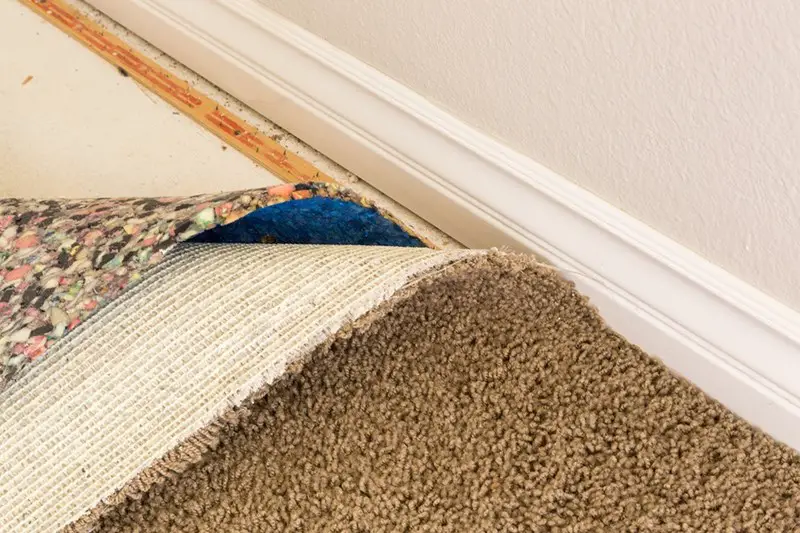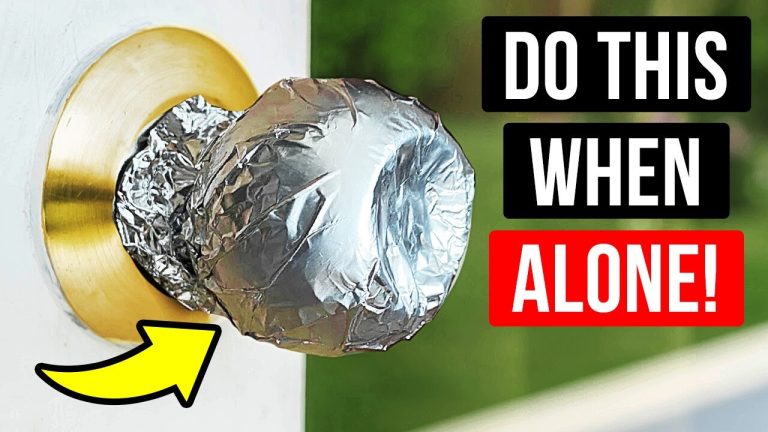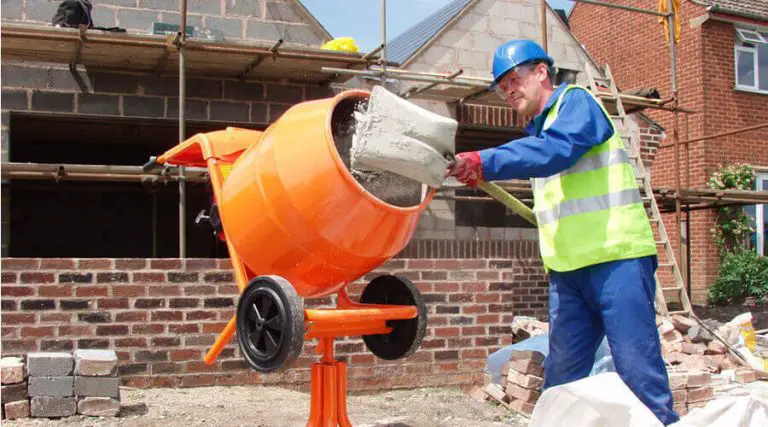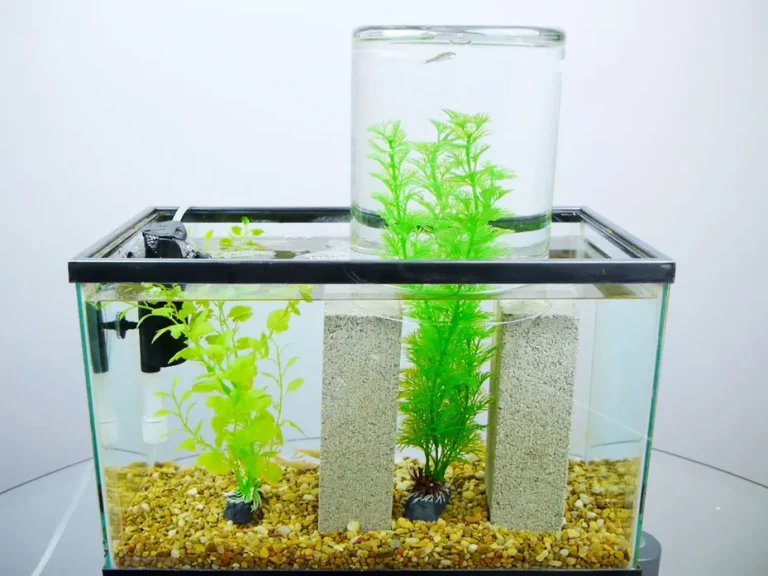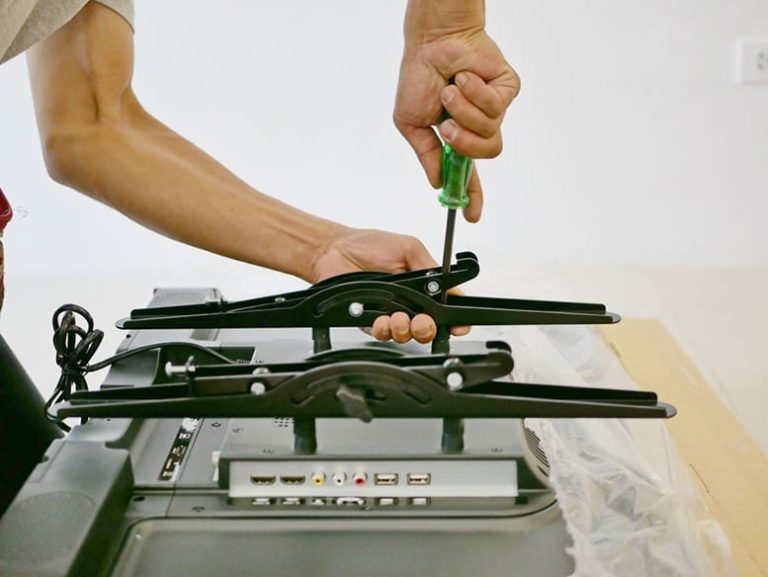Can Mould Grow In Carpets?
Mould growth in carpets is a common problem that can cause health issues, create an unpleasant smell, and damage the carpet. Mould can thrive in moist and dark environments, so carpets, especially those that are wet or damp, are often a target for mould growth. Knowing the risks and signs of mould in carpets is important in order to prevent and treat it.
What is Mould?
Mould is a type of fungus that can be found in many places, both indoors and outdoors. Moulds form in moist or damp environments and can cause health problems when present in large quantities. Mould grows in colonies, and can be identified by its musty smell and various colours, such as black, white, green, or yellow.
Mould can cause a variety of health problems, including allergies, asthma, and respiratory illnesses. It is important to identify and remove mould from your home or workplace as quickly as possible. To do this, you must first identify the source of moisture and eliminate it. Mould thrives in moist areas, so it is important to keep your home or workplace dry.
Once the source of moisture has been identified and addressed, the next step is to remove the mould. This can be done by scrubbing it away with a bleach solution, or by using a commercial mould remover. After the mould has been removed, it is important to clean the area thoroughly to ensure that all traces of it have been eliminated.
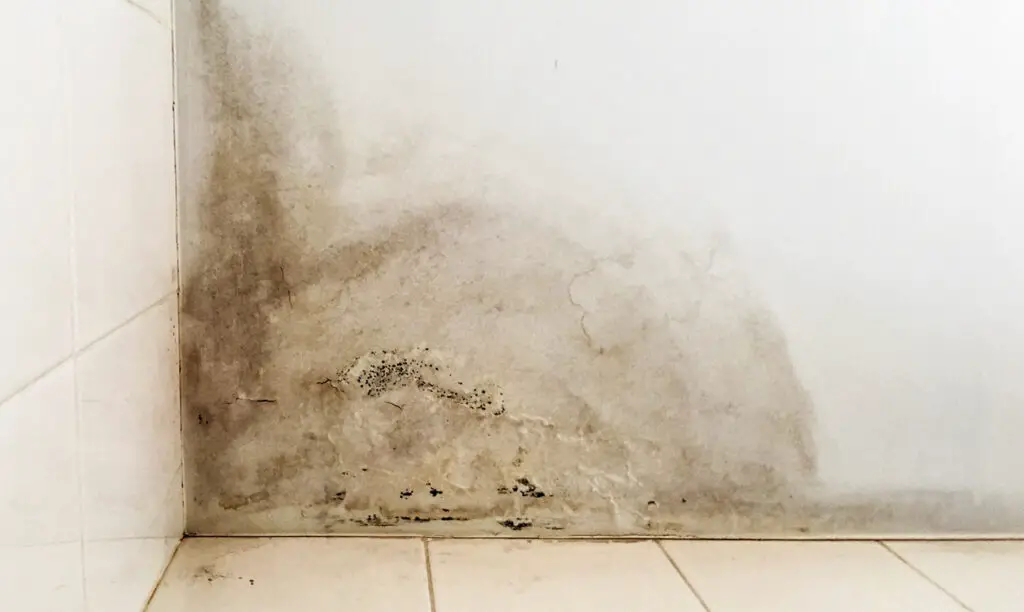
Credit: www.sanytol.com
What Conditions Are Needed for Mould to Grow?
Mould is a type of fungus that can grow indoors and outdoors, and can be found almost anywhere. It is most often found in damp or wet areas, where the air is moist and warm. In order for mould to grow and thrive, there are a few conditions that must be met.
The first condition necessary for mould growth is a source of moisture. Whether it be from a leaky pipe, a humidifier, or simply from the natural moisture in the air, mould will need a steady source of water in order to survive. The second condition is an environment that is warm enough to support the growth of the spores. Mould thrives in temperatures between 40-100 degrees Fahrenheit, so a warm, damp area is ideal.
The third condition is a surface on which the mould can grow. Mould needs an organic material to feed on, such as wood, paper, fabric, or dust. Finally, mould needs darkness in order to grow. The spores will not be able to survive in direct sunlight, so an area with low light is necessary.
While these conditions are necessary for mould growth, it is important to remember that even with all of the conditions met, mould can still be prevented. Keeping surfaces dry, using dehumidifiers, and regularly cleaning areas of your home will help to keep mould from growing.
What Factors Increase the Risk of Mould Growing in Carpets?
Mould is a common problem for carpets, and there are a variety of factors that can increase the risk of mould growing in carpets. Perhaps the most important factor is moisture. As carpets are made from natural materials, they are naturally prone to absorbing moisture, which can create an environment that is conducive to mould growth. Carpets are also prone to dampness if they are not properly maintained, as they may not be dried and vacuumed regularly. In addition, high levels of humidity, such as in bathrooms, can also increase the risk of mould growth.
Other factors can increase the risk of mould growing in carpets, such as poor air circulation. If the air in a room is not moving, the air will become stagnant and can become filled with moisture and other particles that can contribute to mould growth. Additionally, if carpets are exposed to direct sunlight for extended periods of time, the heat can cause moisture to condense on the carpets and create an ideal environment for mould growth.
Finally, carpets can also be affected by mould if they are not cleaned and maintained properly. If carpets are not vacuumed or cleaned regularly, dirt and other particles can accumulate in the fibres, creating a breeding ground for mould spores. If these carpets are not treated and cleaned regularly, mould can quickly become a problem.
Overall, there are a variety of factors that can increase the risk of mould growing in carpets. The most important factor is moisture, but other factors such as poor air circulation, direct sunlight, and a lack of proper cleaning and maintenance can also contribute to mould growth.
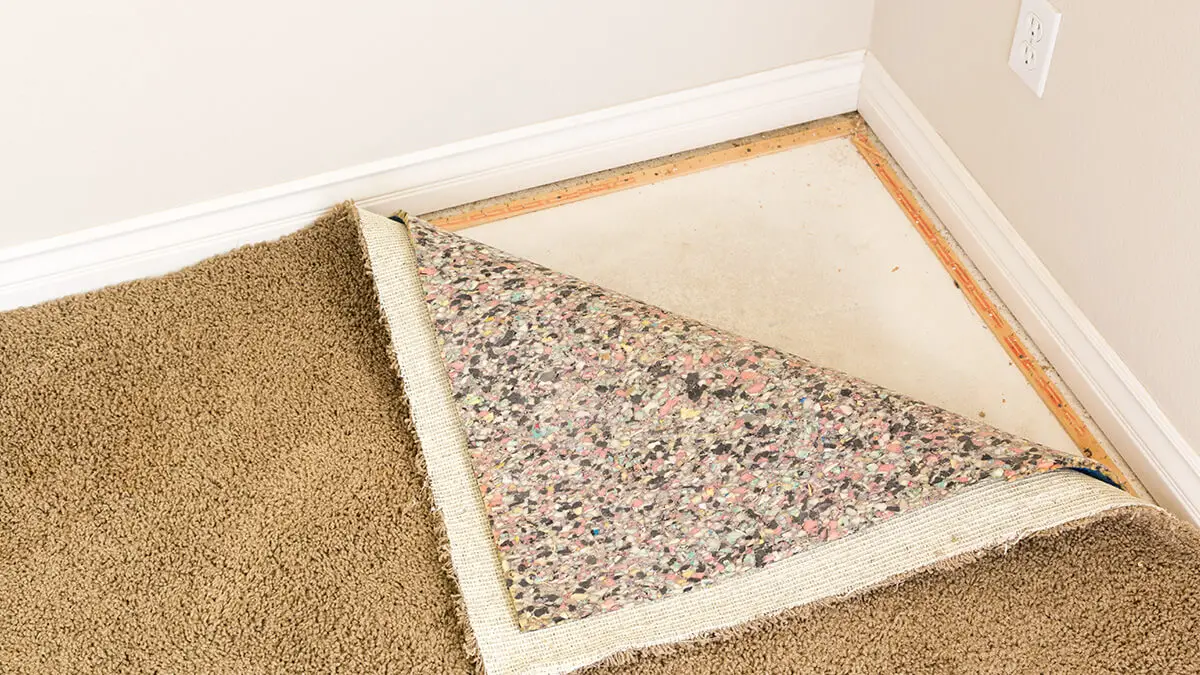
Credit: www.carpetrenovations.com
How to Prevent Mould Growth in Carpets?
Mould growth in carpets can be a major problem for homeowners and can cause significant damage to your flooring if left unchecked. Fortunately, there are a few steps you can take to help prevent mould growth in your carpets.
First, it’s important to understand the conditions that mould needs to grow: warm temperatures, high humidity, and organic material for food. If you can keep your carpets dry and reduce the amount of organic material present, you can reduce the likelihood of mould growth.
For starters, make sure to vacuum your carpets regularly. This will help remove dust and other organic material that mould feeds on. Deep cleaning your carpets once or twice a year will also help reduce the organic material present.
Next, it’s important to keep your carpets dry. If you have any water leaks in your home, have them repaired as soon as possible. Make sure to dry any wet spots on your carpets immediately, and if you can, run a dehumidifier in the room to reduce the humidity.
Finally, make sure to keep your carpets away from any water sources. If you have a basement or bathroom, consider adding a waterproof barrier between the carpet and the source of moisture. This will help prevent water from seeping into your carpet, and reduce the chances of mould growth.
By following these steps, you can help keep your carpets mould-free and keep your home looking great.
What to Do if Mould is Found in Carpets?
Moulding in carpets can be a serious issue if it’s not dealt with quickly and properly. If you find mould in your carpets, here are a few steps you can take to help get rid of it:
- Remove the Source of the Moisture: The first step to take when dealing with mould in carpets is to identify and remove the source of the moisture. This could be something like a leaky pipe, poor ventilation, or high humidity. Fixing the problem should help to prevent the mould from returning.
- Clean the Carpet: Once you have removed the source of the moisture, you should clean the affected area of the carpet. Vacuum the area thoroughly, and use an anti-fungal cleaner to help get rid of any remaining mould spores.
- Dry the Carpet: After cleaning, it’s important to ensure your carpet is completely dry. If you have a wet/dry vacuum, you can use this to suck up any remaining moisture. If not, you can use a fan, or dehumidifier, or simply open a window to help the carpet dry.
- Treat the Area With an Anti-Fungal Solution: Once the carpet is dry, you can treat the area with an anti-fungal solution. This will help to prevent the mould from returning, and should also help to get rid of any odours.
- Replace the Carpet: If the mould is severe and the area cannot be completely cleaned, it may be best to replace the carpet. This is the only way to guarantee that the mould will not return, and it will also help to prevent any health risks associated with mould exposure.
By following these steps, you should be able to effectively get rid of the mould in your carpets. However, if you are unsure about the best way to proceed, it is always best to consult a professional.
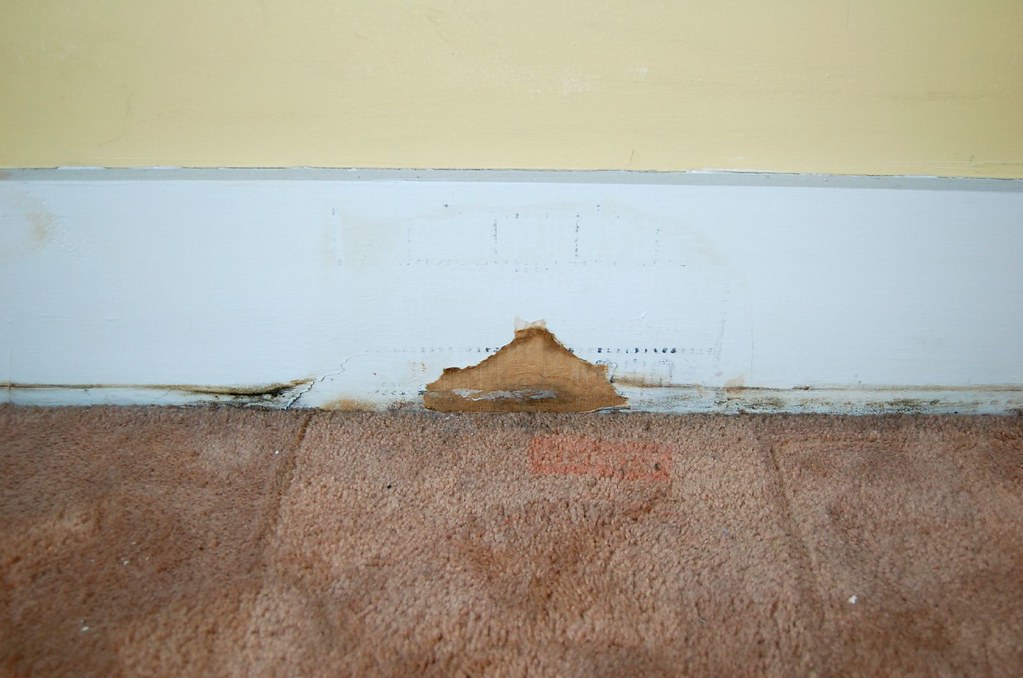
Credit: www.certifiedmoldassessments.com
FAQs
Can mould grow in carpets?
Mould can grow in carpets if the conditions are right. A carpet is a great place for mould to grow due to its moisture and warmth, so it is important to take steps to prevent and remove mould if it does occur.
What causes mould to grow in carpets?
Mould growth in carpets is caused by humidity and moisture from spills or humid conditions in the home. If carpets become wet or damp and are not dried properly, mould can start to grow.
How can I prevent mould growth in carpets?
The best way to prevent mould growth in carpets is to keep the area dry and well-ventilated. Make sure to clean up any spills or moisture quickly and thoroughly, and avoid placing furniture or other items on carpets that could trap moisture. Also, make sure to use a dehumidifier to reduce the humidity in your home.
How can I remove mould from carpets?
To remove mould from carpets, you will need to vacuum the affected area, and then use a specialised mould removal product. Be sure to follow the instructions on the product carefully. If the mould is severe, you may need to hire a professional carpet cleaner to help with the removal.
Conclusion
It is possible for mould to grow in carpets. The moisture and warmth in a carpet can provide the perfect environment for mould spores to grow. Carpet fibres can also provide the mould with the food it needs to survive. It is therefore important to keep carpets clean and dry in order to prevent mould growth.

